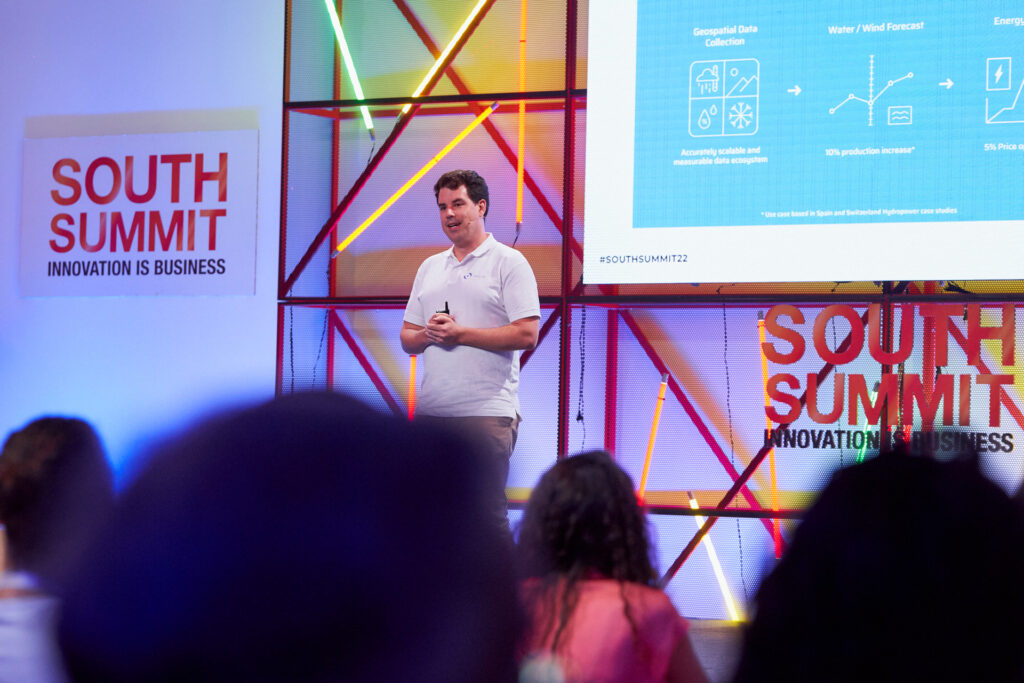How the renewable energy transition is accelerating the digital transformation of the energy industry
Whilst digitalization and the development of new renewable energy assets can be challenging, it is also apparent that one of the key concerns for a sustainable energy transition is to be able to forecast renewable energy accurately.
Traditionally, classic fossil fuel-based energy is very easy to forecast, as it is a tangible fuel stock (coal, uranium, gas or oil). In comparison, renewable energy is very difficult to forecast correctly. How much wind, sun or water will be available tomorrow? What about in 1 month or 6 months’ time? Without such insights, huge uncertainty is created in future energy availability, which translates into volatility problems in energy markets, leading to futures/long term contract price spikes, and, in worst case scenario, resulting in energy shortages and even outages.
Given this situation, having a clear understanding of future energy production is a must if we want to complete the transition to renewable energy, whilst maintaining affordable energy prices.
Over time, different models, sensors and forecasts have been implemented to mitigate the intermittent nature of renewable energy production. Some of them based in meteorological models, some others in AI, with geospatial data or with IoT sensor networks. However, there is a key component that is preventing forward-thinking energy companies from fully embracing renewable energy datasets and being able to completely integrate these new forecasting capabilities into their infrastructure. Digitalization.
The energy industry is, still, a legacy industry, and in many countries, strategic. Energy producing companies have always been focused on hardware solutions, their whole business orbits towards heavy CAPEX investments with which to develop, commission, operate and decommission gigantic energy generation assets. Some of these assets have been transferred in several of these countries from the public sector, or have been directly privatized by the companies, making natural competition difficult. Additionally, these assets have been historically managed from an engineering perspective, with in-house software that has maintained and operated these energy assets. This situation, combined with low competition, has made the need for digital solutions non-essential from an operational perspective.
Because of all these factors, energy companies have still not fully embraced digitalization, making it more difficult for new emerging datasets, AI models, or forecasting systems to be accepted.
However, during the last 2-3 years, there are certain conditions that have been achieved, for which energy companies are slowly turning the wheel towards digitalization, opening the space for innovative, new and existing solutions to solve this problem:
- The current geopolitical situation is forcing countries with no access to fossil fuels to double down on renewable energy. Governments all over the world are creating regulations to stimulate renewable energy to secure the energy distribution, while bolstering energy independence. In some countries, taxes and fines are being applied when companies are not correctly forecasting their energy production capabilities, which is enabling governments to oversee future energy production with the aim to avoid shortages.
- Capital in renewable energy is at a record high. Primarily in wind and solar energy, historically momentous developments are underway, making the need for optimized renewable energy production an absolute need.
- Volatility in day markets seems like a never-ending cycle. Economic uncertainty and unpredictable energy production is on the rise, making it even more imperative to have well-designed digital forecasting tools.
- A new generation of employees in the energy industry is changing the status quo. These new employees are adopting new technologies with a different mindset, they’re open to new digital infrastructure and sustainable solutions that would help to boost energy security efforts.
CONCLUSIONS
It seems that we are at a tipping point when it comes to renewable energy development and energy production forecasting. Maintaining volatile markets and high energy prices is a very risky move, which inhibits the future of our economies whilst creating ideal incentives that would induce change. Renewable energy represents one of the best opportunities that we have today, to decarbonize energy systems, reduce our dependence on fossil fuels and support energy independence. But in order to achieve this, we will need a brave energy industry that is willing to capitalize on digitalization, with the most novel technologies, and squeeze as much as possible out of the various infrastructures.
I am immensely proud and grateful to have had the opportunity to represent Wegaw at South Summit’s exemplary events over the past few years. As well as creating a platform for innovation and entrepreneurship to thrive, the brilliant South Summit team offers invaluable opportunities for like-minded professionals and industry pioneers to have meaningful conversations and explore future collaborations. I can’t wait to visit South Summit Madrid this summer!


